Under construction and incomplete
Here we pick up the trial of Post-Reset agent Hormuzd Rassam, said archaeologist from Mosul that happened to be at the right place at the right time and landed a job in Constantinople with the guys that discovered many Old Testament sites buried in the desert, most notable is the City of Nineveh, the Library of Ashurbanipal.
Mr Rassam is personally credited with finding the Epic of Gilgamesh, remarkable bc the story regurgitates the Deluge archetype 1,000 years before the version of Noahs Flood. Another famous item relocated by Hormuzd are the tablets called the Code of Hammarabi which is an alternative to the 10 Commandments. He also is credited for discovering the Cyrus Cylinder, the first alleged recording of human rights, going back to when the Persians sacked Babylon… And the Sun Wheel of Shamash. All fictional modern day hoaxes from staged sites meant to support the Old Testament and thus validate the status-quo Prison Planet Debt Slave
One thing held in common with all these finds are they sit in the Biblical Archeology arena, meaning they are all Jewish and important to Jewish history and Jewish culture. This trait is very relevent but at great risk of digression I must continue forward.
In 1866, the British government sent him on a mission to Ethiopia in the hope of freeing hostages held captive by Emperor Tewodros II. Supposedly, the Emporer was upset bc a personal letter to the queen went unanswered so he took some hostages. The British responded with a military campaign but Tewodos committed suicide before he could be captured by the brits.
Lets start with this pdf from our good friends at Cambridge University.
- Axum and Aksum
- Adulis
- Tigray region
- remote rock-cut churches—more than 120—that honeycomb Tigray’s mountainsides and remained virtually unknown to the outside world until 50 years ago.
- fifth-century church of Abuna Yemata Guh
- sixth-century monastery of Debre Damo
- churches at Lalibela,
- Maryam Korkor
- Church of Narga Selassie, Dek Island, Lake Tana, Ethiopia.
- Nine Saints of the Eastern Roman Empire
- David Buxton and published in 1949 in ‘Travels in Ethiopia’
- Battle of Adwa




St. George’s Cathedral in Addis Ababa

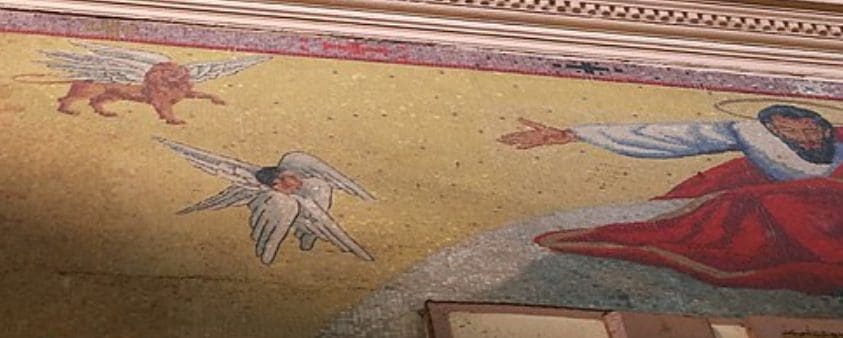
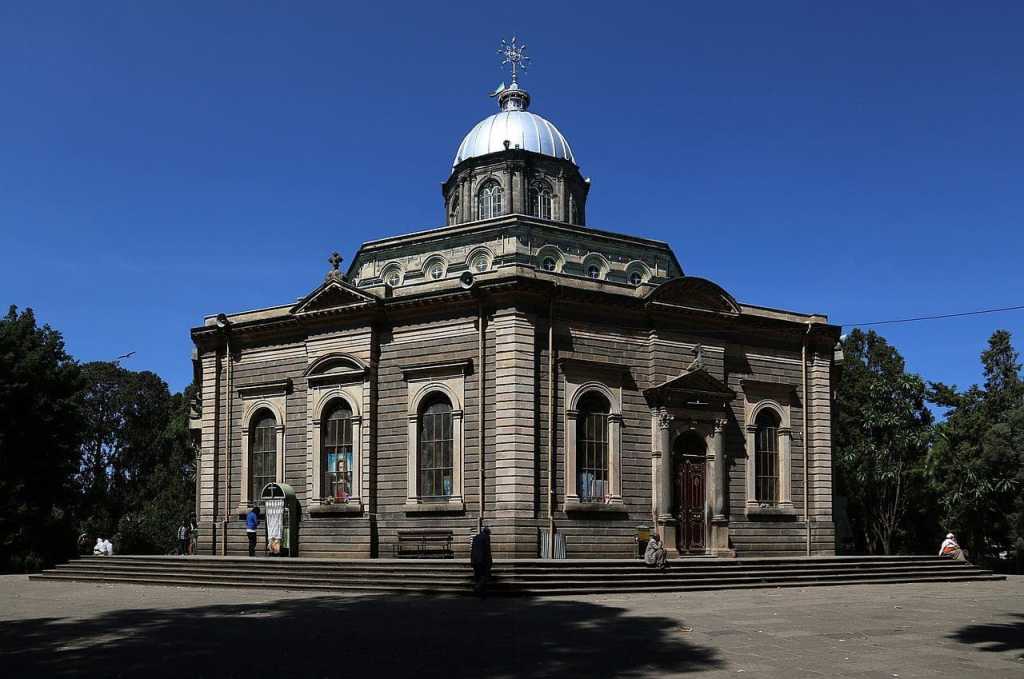
Ten Commandments and Ark of the covenant

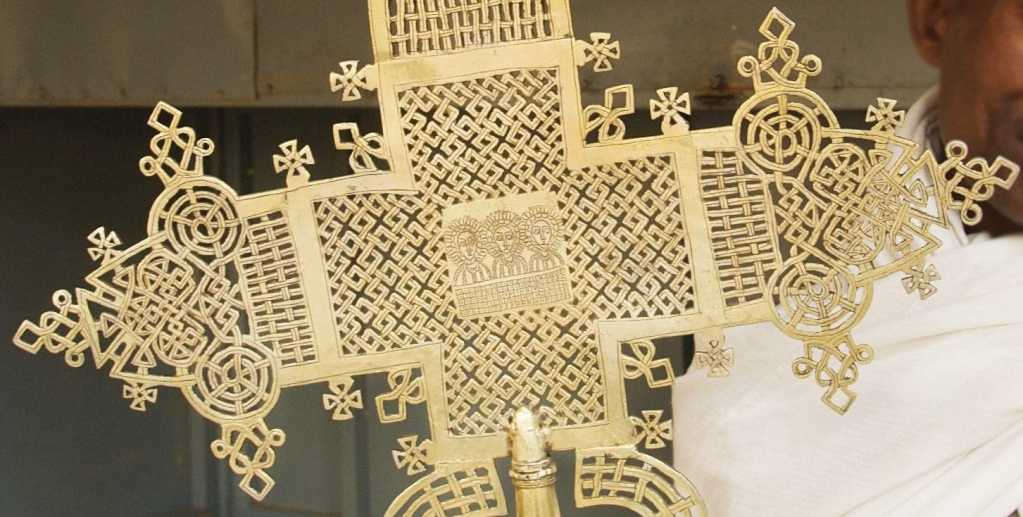
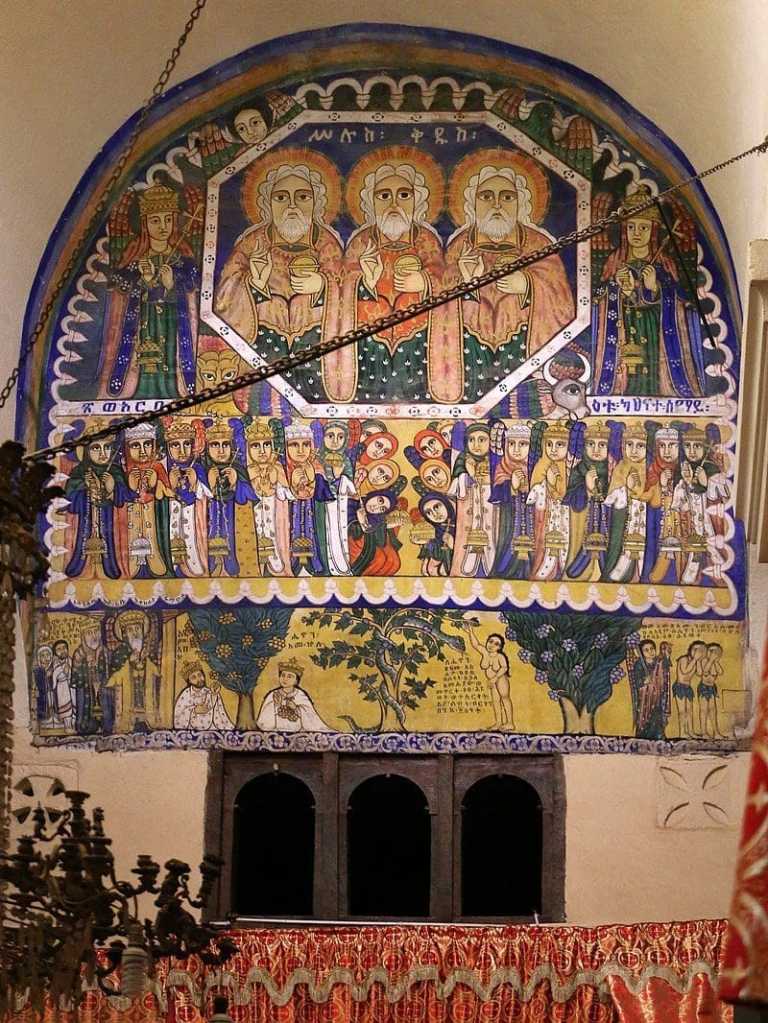
the mystery surrounding the Ark of the Covenant, which Ethiopians maintain was carted off from Solomon’s Temple to Aksum by Menelik, when the Babylonians invaded Jerusalem. The ark and its commandments reside, as far as anyone can ascertain, in a chapel on the grounds of the Church of St. Mary of Zion.

The latest archaeological discoveries may be coming to the rescue of the queen’s legend. In 2012, Louise Schofield, a former curator at the British Museum, began excavations at Aksum and found considerable evidence of Sabean culture—including a stone stelae inscribed with a sun and a crescent moon, “the calling card of the land of Sheba,” say experts. Sabean inscriptions also were uncovered. Then Schofield struck gold, literally, when she identified a vast, ancient gold mine, quite possibly the source of the queen’s fabulous wealth.
Excavations in 2015 revealed two female skeletons buried in regal style and adorned with precious jewelry.
“She was curled up on her side, with her chin resting on her hand, wearing a beautiful bronze ring. She was buried gazing into an extraordinary Roman bronze mirror. She had next to her a beautiful and incredibly ornate bronze cosmetics spoon with a lump of kohl eyeliner. The woman was also wearing a necklace of thousands of tiny beads, and a beaded belt. The quality of the jewellery suggests that she was a person of very high status, able to command the very best luxurious goods. Other artefacts with her include Roman glass vessels – two perfectly preserved drinking beakers and a flask to catch the tears of the dead.”
Almost 3,000 years ago, the ruler of Sheba, which spanned modern-day Ethiopia and Yemen, arrived in Jerusalem with vast quantities of gold to give to King Solomon. Now an enormous ancient goldmine, together with the ruins of a temple and the site of a battlefield, have been discovered in her former territory.
An initial clue lay in a 20ft stone stele (or slab) carved with a sun and crescent moon, the “calling card of the land of Sheba”, Schofield said. “I crawled beneath the stone – wary of a 9ft cobra I was warned lives here – and came face to face with an inscription in Sabaean, the language that the Queen of Sheba would have spoken.”

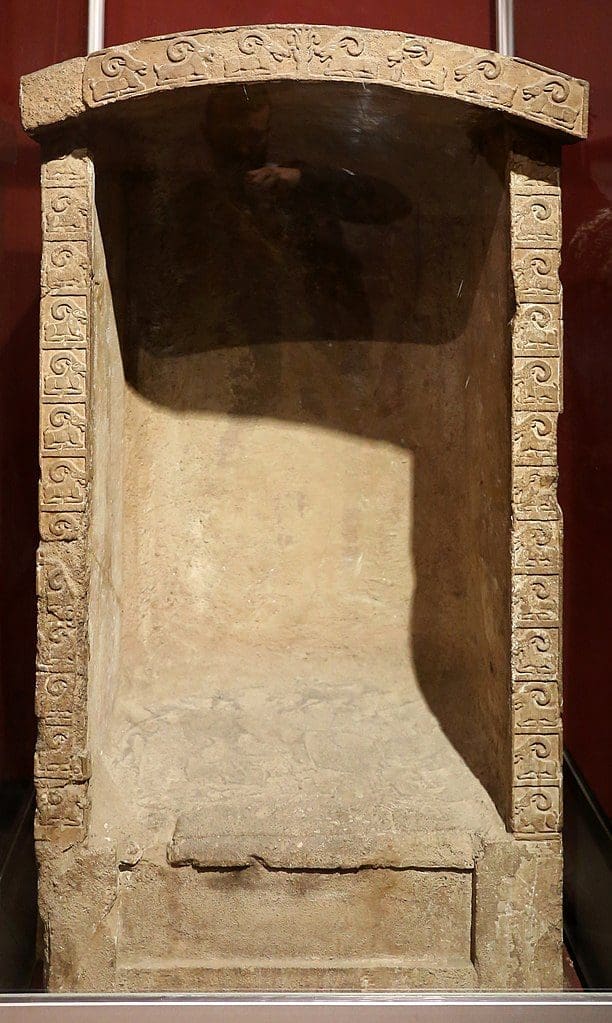
Debre Demo
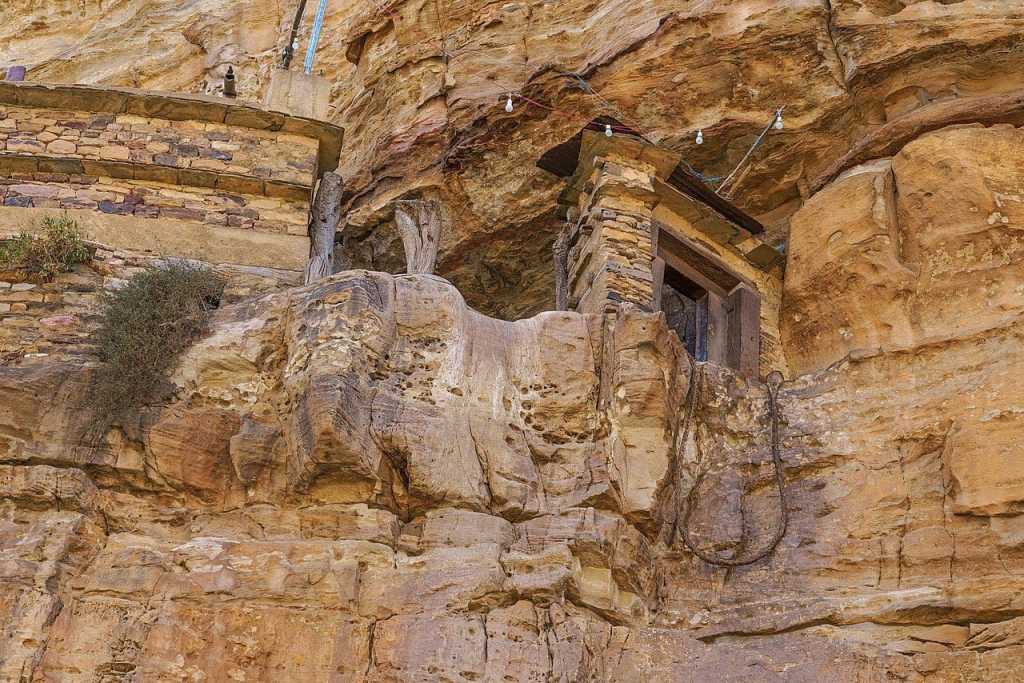
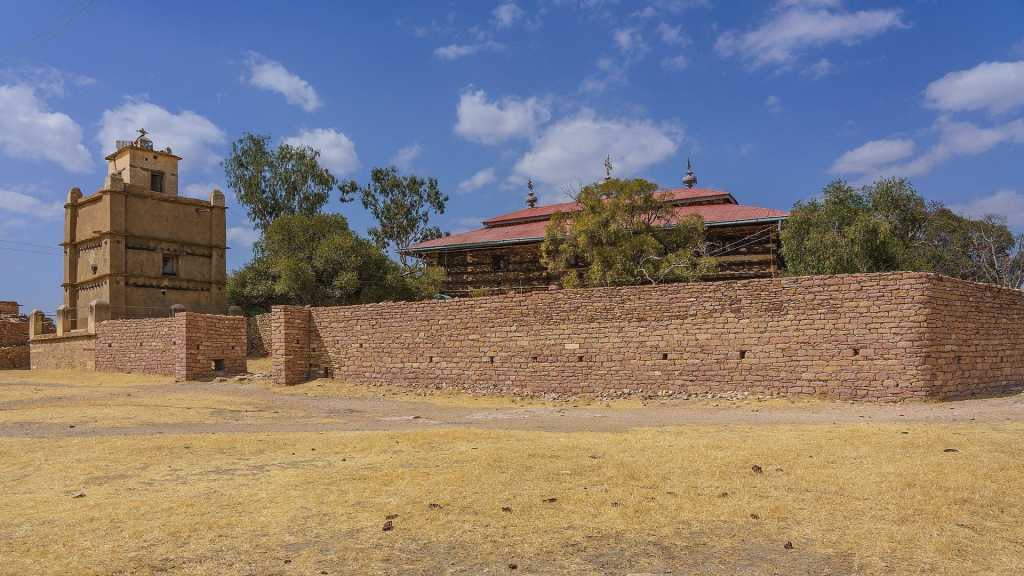
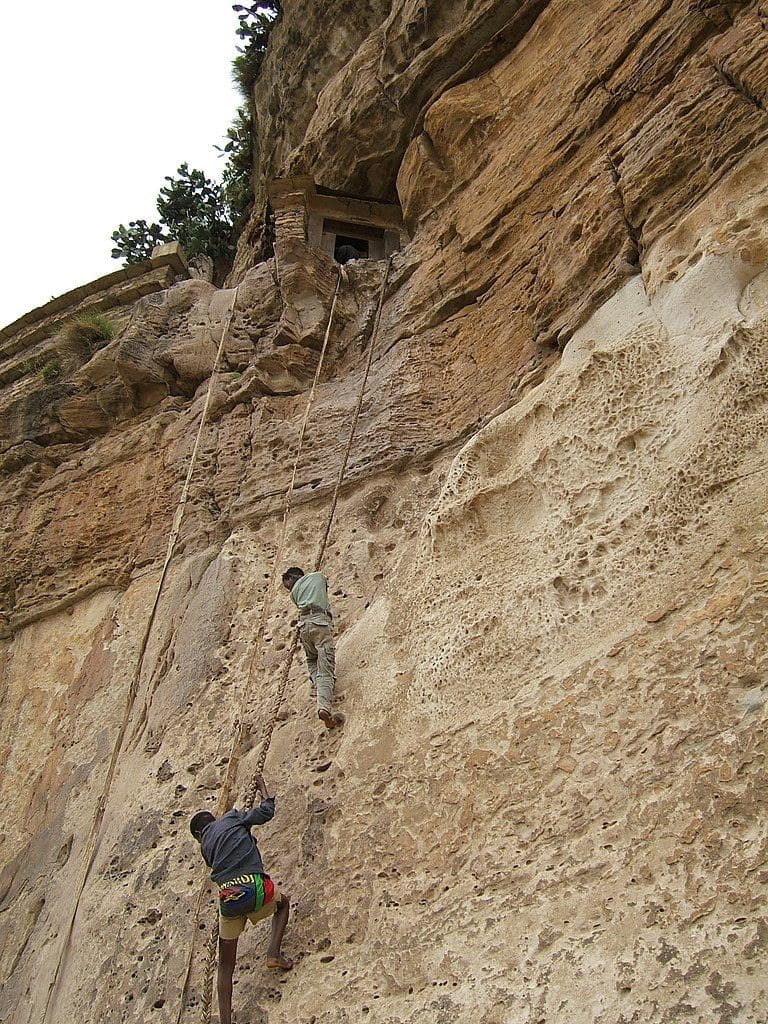
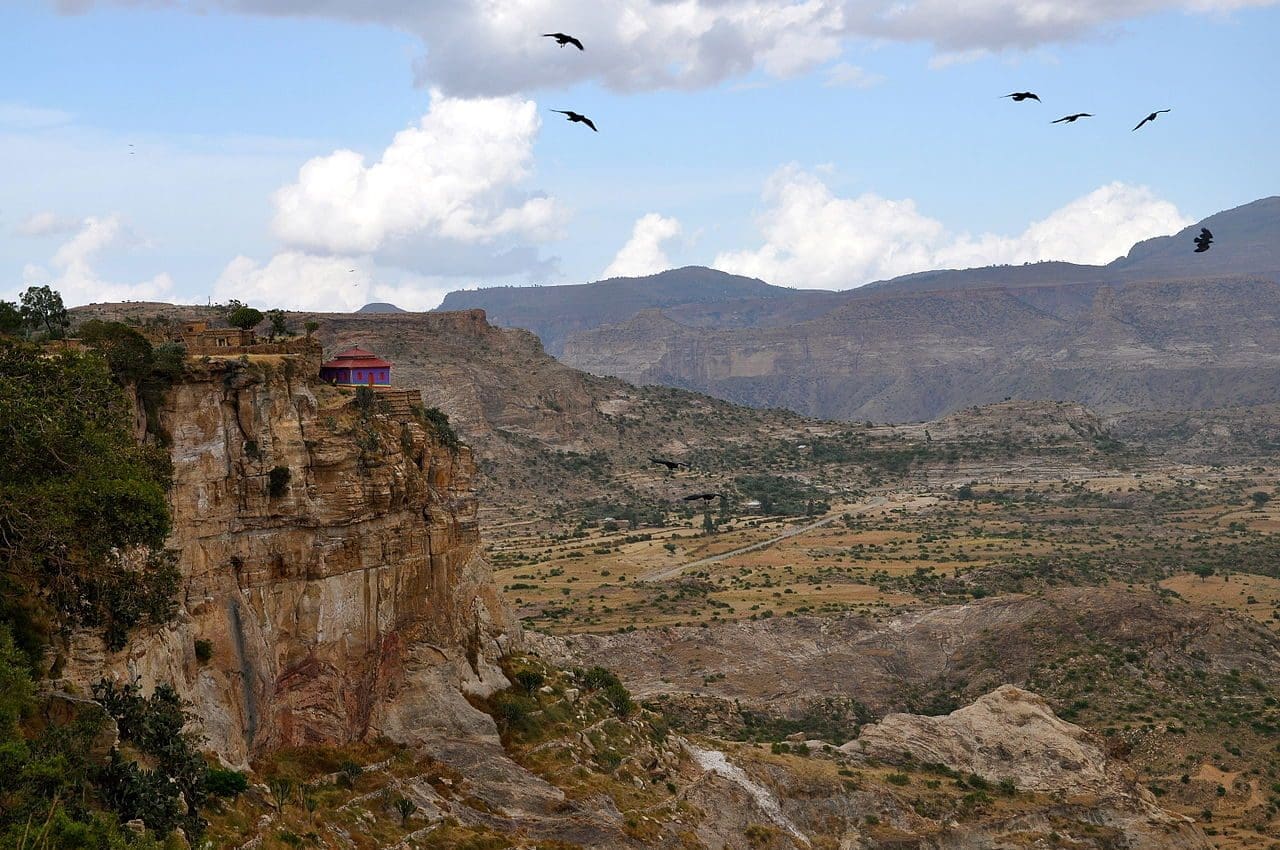
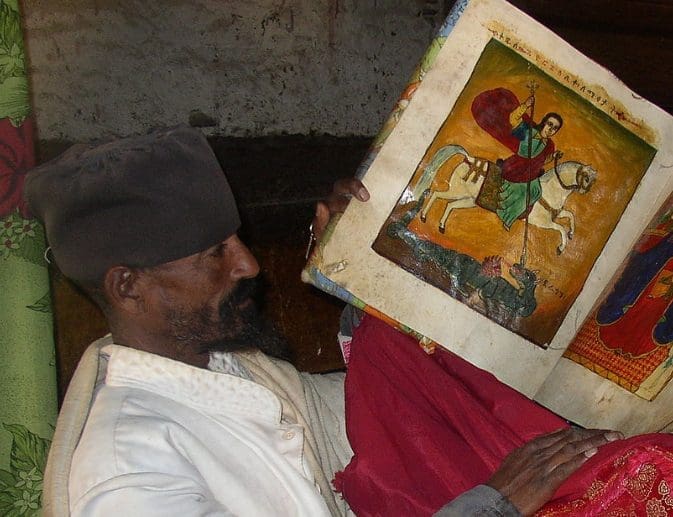
LALIBELA

Yeha
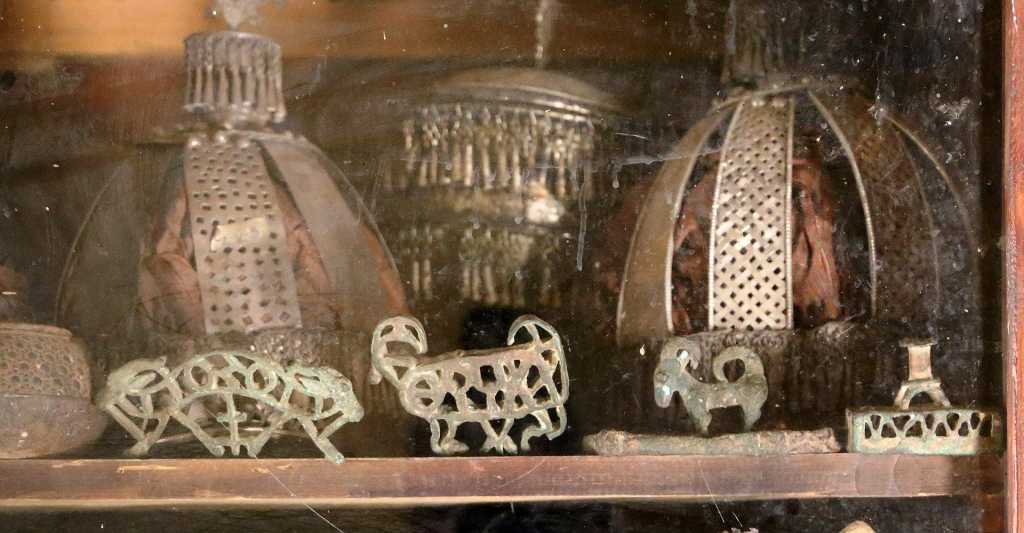
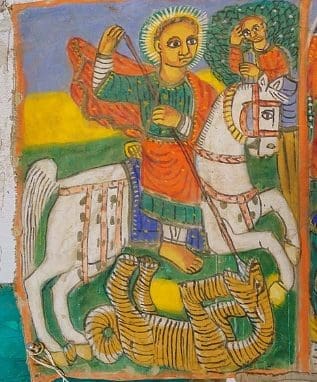
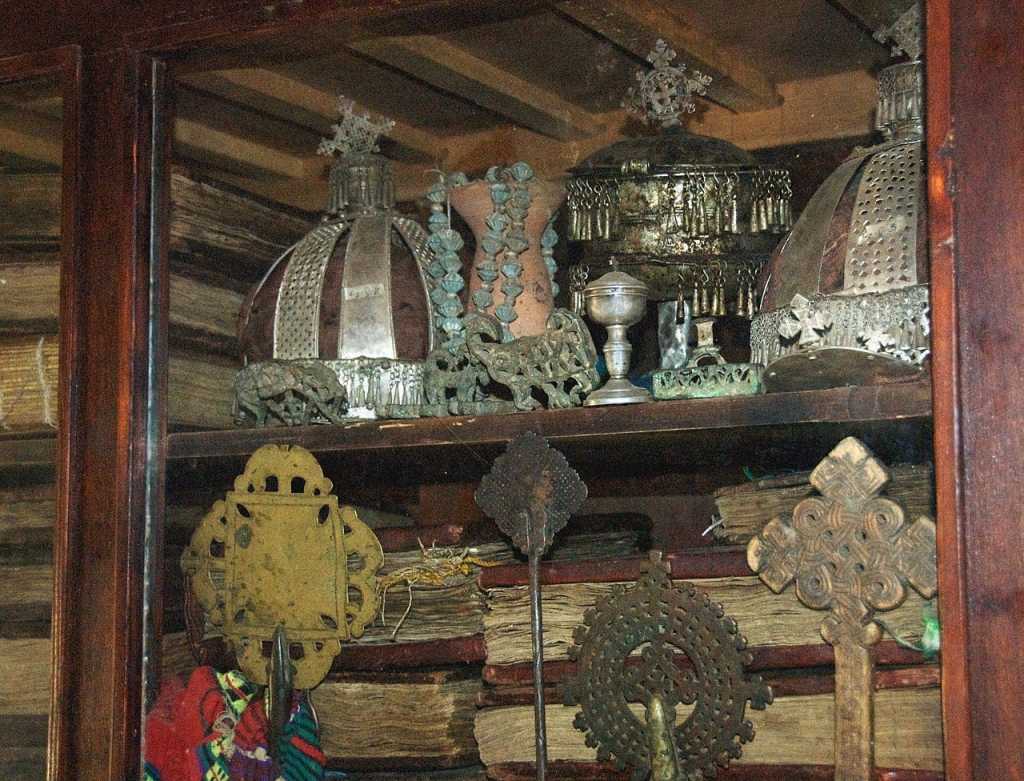
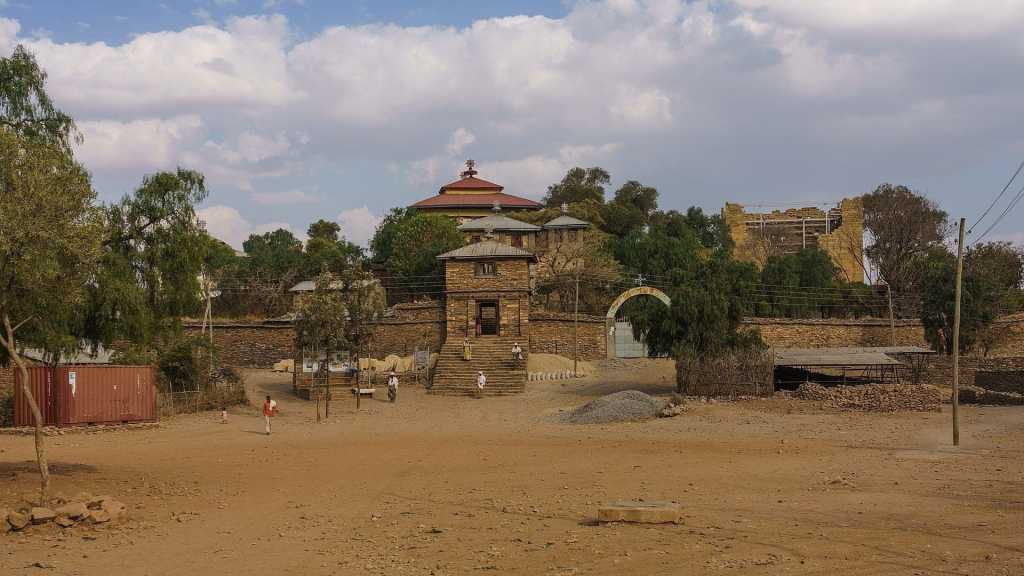
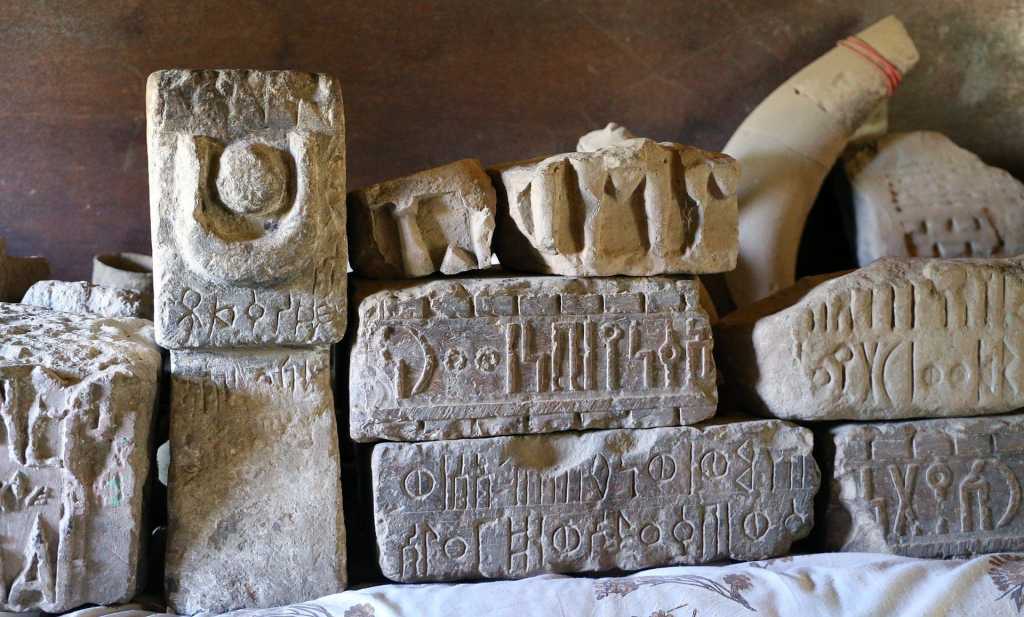
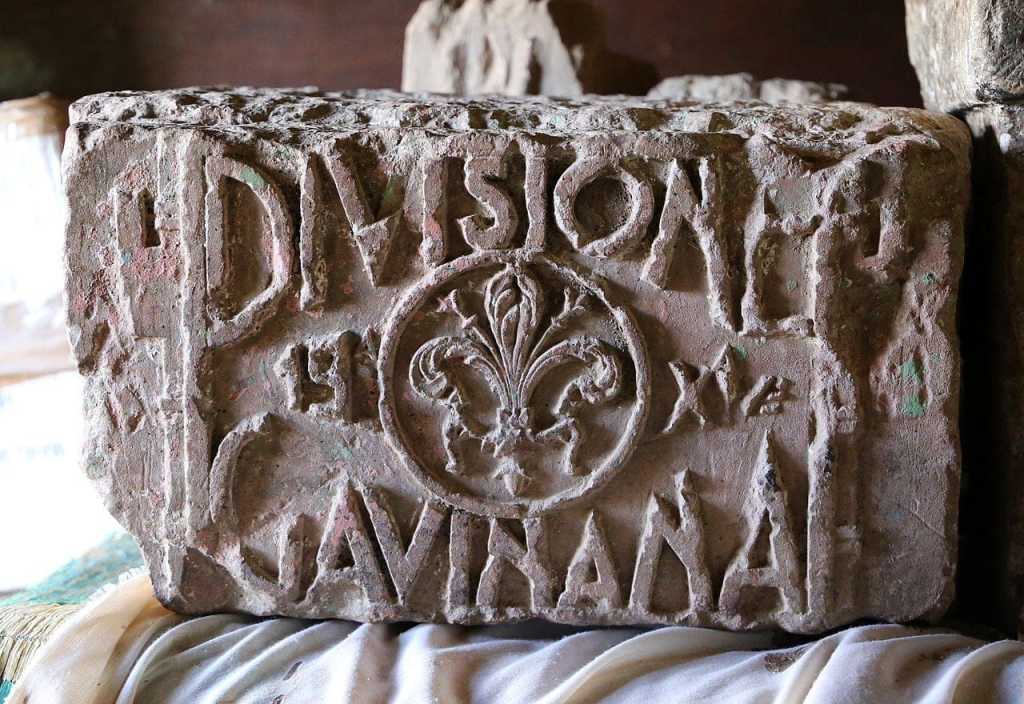
Abuna Yemata church

World Fair Cultures





